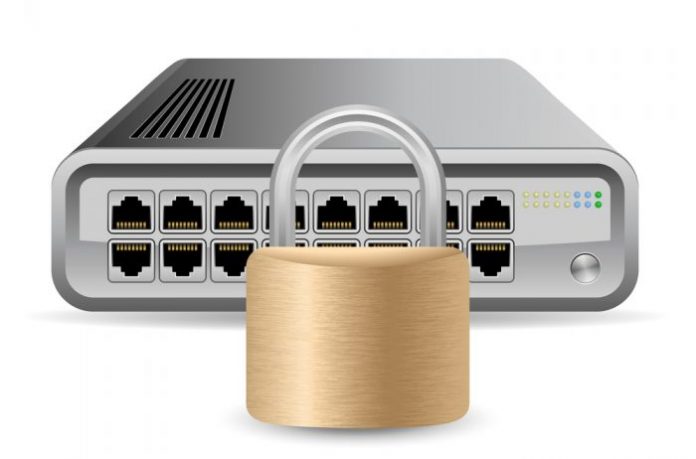One of the most important considerations for any household, regardless of size, is how to secure the electronic devices and keep hackers out. All of the new technology makes it easier for hackers to access data from unsuspecting homeowners. Therefore, it’s no surprise that a few simple changes like updating the default router address or adding a VPN can make a home network more secure.
Here are a few suggestions for securing your home wireless network:
Change the network administrator user ID and password
Some homeowners aren’t aware that their router’s default user ID is “admin” and the password is “admin”. But, anyone trying to hack into your network might know this.
To change the user ID and password, use the default IP address for the router. Go online and type in: http : //192.168.1.1 or http : //192.168.0.1 (remove the spaces). Then sign in with user ID: admin and password: admin. Next, go to the “Administration” section to change the user ID and password. Or, you can contact your internet provider to walk you through the steps. Update the router’s user ID and password every few months and store the password off your computer.
Change the default IP address
Similar to how you changed the user ID and password for your router, you can change the IP address from the default. The default is usually either http : //192.168.1.1 or http : //192.168.0.1. To change this, log in with your router user ID and password. Then click on Network and LAN. You can change the IP address and save it. Then type it back into your web browser bar again.
Add a VPN to secure the network
VPNs are virtual private networks that give users secure connections to networks. You log into the VPN app or site and then go online. Because VPNs are anonymous, your IP address and location can’t be tracked. Even if a hacker were on the server somehow, they would only see gibberish because all the data is encrypted. VPNs use 256-bit encryption or military grade encryption. You don’t have to worry about third-party ad trackers, hackers or ISPs storing your data.
If you’re interested in starting VPN service, shop around for the best VPN services online. They can include high security and encryption. They will also offer fast connection speeds.
Keep the router in the middle of the home
Your router shouldn’t be located right near a window even if you have a bedroom office. It makes it easier for someone outside to obtain your WiFi connection. Try to keep the router located in the middle of your home. This makes the range fairly even for all family members (inside) and it’s harder for hackers to intercept your connection (outside).
Change the name of the network
A simple change that a lot of homeowners can benefit from is changing the default name of their WiFi. Depending on how your WiFi was set up, a technician might have given it a default name. Maybe the WiFi is something like “Lisa’s HP printer bedroom” “Mom’s Dell Kitchen Computer” or “Cisco Dad 01”. This makes it too easy for a cybercriminal to hack into your devices. A hacker shouldn’t know the type of router you have or the manufacturer of your router.
Don’t include names, devices, models or other personal data with the WiFi. Remember, anyone in the area who looks for WiFi access can view this. If cybercriminals know the router’s manufacturer, they can pull up the vulnerabilities for that model and brand. Set your password to something that’s a mix of numbers, symbols and letters. Store it away from your computer so you’ll remember it and hackers can’t find it. And, then change it every few months.
Turn off the home network when traveling
Turning off your home wireless network is a way to reduce hacking incidents. Your network is less of a target for cybercriminals and you won’t have to worry about power surges from the occasional severe storm.
Protect your home wireless network
By making a few changes to secure the router and set up a private VPN, you can keep all the devices in your home safe. Your home network might have other vulnerabilities. Use your internet security provider to run a WiFi vulnerability scan. It might pick up other instances you need to address. You might have software that needs to be updated. Or, you might have other safety measures your internet security provider might suggest.
Find a Home-Based Business to Start-Up >>> Hundreds of Business Listings.

















































